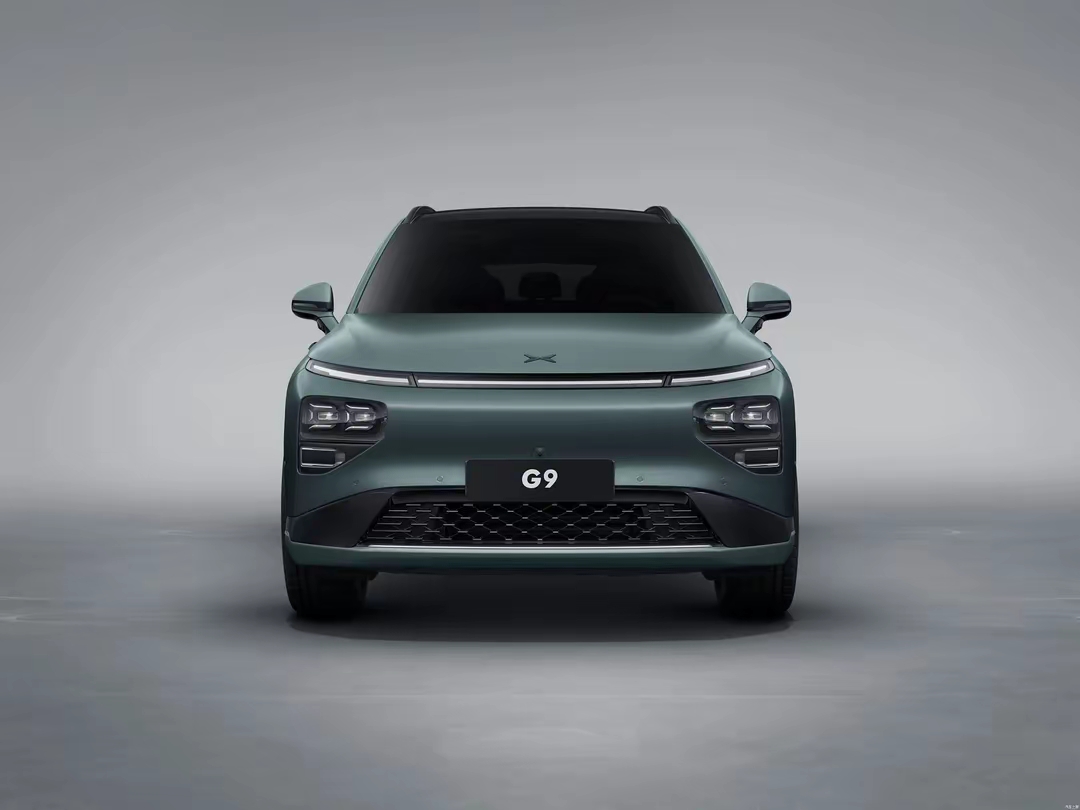
In the wave of global energy transformation and automotive industry transformation, new energy vehicles undoubtedly stand at the forefront of the times. From pure electric vehicles shuttling through the streets and alleys to constantly evolving hybrid models, new energy vehicles are changing people's modes of transportation at an unprecedented speed. But in this fierce technological competition, who will become the technological light of future new energy vehicles, leading the industry to new heights? This is a question worth exploring in depth.
One of the core technologies of new energy vehicles is battery technology, which directly affects the vehicle's range, charging speed, and safety. Currently, lithium batteries dominate the market, with ternary lithium batteries and lithium iron phosphate batteries being the most widely used. The high energy density of ternary lithium batteries enables electric vehicles to easily break through the 500 kilometer range barrier; Lithium iron phosphate batteries are highly favored in some cost sensitive car models due to their high safety and low cost advantages. Among the top 10 power battery companies in the world, Chinese companies account for 7, which is enough to demonstrate China's leading position in the field of power battery technology.
With the continuous advancement of technology, solid-state batteries have gradually entered people's vision and become an important direction for the future development of battery technology. Solid state batteries use solid-state electrolytes, which have a higher energy density compared to traditional liquid electrolytes, theoretically exceeding 400Wh/kg. This means that the vehicle's range will be greatly increased, and it is even expected to exceed 1000 kilometers. It also eliminates the risk of liquid electrolyte leakage and can operate stably in extreme temperature environments (-30 ℃ to 80 ℃), greatly improving safety. Leading companies such as CATL and BYD have accelerated their layout in the field of solid-state batteries. It is expected that some models will be equipped with semi-solid batteries by 2025, while all solid state batteries are expected to achieve large-scale application before 2030.
Intelligence is another major development trend of new energy vehicles, covering two important areas: intelligent driving and intelligent cockpit. In terms of intelligent driving, from the initial assisted driving system to today's autonomous driving and even unmanned driving, technological iterations are constantly changing. In 2023, mainstream car models will come standard with L2+level assisted driving systems, and the popularity of LiDAR and 4D millimeter wave radar has improved perception accuracy to centimeter level. The XNGP system carried by Xiaopeng G9 has achieved zero takeover for 34 kilometers in Guangzhou urban area during actual testing, with a success rate of 91% for turning around at complex intersections; Tesla FSD V12 uses end-to-end neural network technology to enable vehicles to understand road environments like humans; NIO's NOP+and other systems train their algorithms with over 10 million kilometers of user driving data per month, achieving weekly updates and truly making cars smarter as they drive.
In addition to batteries and intelligence, motor and electronic control technology are equally crucial. Electric motors affect the speed, acceleration performance, climbing performance, and load capacity of new energy vehicles. In China, new energy vehicles generally use permanent magnet synchronous motors that are more efficient, reliable, and smaller in size. The electronic control system is like the nerve center of the motor and battery, mainly responsible for dynamic monitoring of the entire vehicle, timely feedback and adjustment of various technical parameters, including the battery management system (BMS) and motor management system. The third-generation super EMD 3.0 electronic control technology of Beijing New Energy can detect data from all 260 parts, monitor the battery in real time, and ensure the safety of battery charging and discharging; The IGBT4.0 distributed by BYD serves as the core component of the motor control system, directly controlling DC and AC conversion, determining key indicators such as drive system torque and maximum output power. Its successful development has broken the monopoly of Europe and Japan on this chip, effectively reducing the manufacturing cost and overall energy consumption of new energy vehicles.
In the technological competition of future new energy vehicles, there is no absolute king, but companies and technologies that master core technologies and continue to innovate are more likely to become the shining light of that technology. The breakthrough in battery technology has made range and charging no longer a weakness, the development of intelligent technology has made cars intelligent mobile terminals, and the upgrading of motor and electronic control technology has ensured the efficient and stable operation of vehicles. Only by continuously cultivating and refining in these key areas, promoting the integration and innovation of technology, can we stand out on the track of new energy vehicles and lead the industry towards a future full of infinite possibilities.

The U.S. third-quarter GDP growth rate, strikingly highlighted at 4.3%, not only surpassed market expectations but also earned the label of "the fastest in two years."
The U.S. third-quarter GDP growth rate, strikingly highligh…
Recently, US personnel intercepted a "Century" super oil ta…
According to Xinhua News Agency, the subtle changes in the …
The rapid development of artificial intelligence has brough…
In December 2025, Taiwan's political scene was shaken by a …
When Apple appears for the Nth time on the list of penaltie…